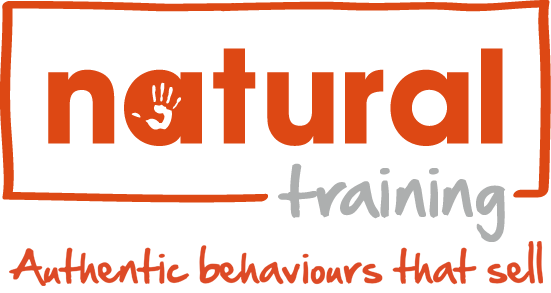Referral Selling
Unlock Warm Leads & Accelerate Sales
There’s nothing better than a referral – that incoming phone call on a quiet morning when your prospect list is looking as old and dusty as a first edition of Moby Dick. The beauty of referrals is that prospects come to you pre-qualified, curious, and already trusting you. No cold calls. No awkward intros. Just meaningful conversations that start with momentum.
Essentially, what you have just done is to skip past all the awkward questions and feelings in the initial stages of the sales cycle that prevent us from selling!
The only problem is, referrals are rare. Imagine if you could manufacture the referral process and take control of this area of your selling strategy to the point where you could rely on referral business on a regular basis. How would that impact your sales targets? The good news is you can – you just need to nail your referral strategy!
Referral Selling: Two Categories
The way to gain referrals falls into two broad categories: direct and indirect.
Direct Referrals
In sales, it is very easy to overcomplicate and overwork things in our mind as we prepare for conversations. Sometimes keeping it simple is the best policy. In terms of referrals, this means asking a simple, direct question: “Do you know anyone who may like to use our services?”
Salespeople can have a strange fear of asking direct questions, but the truth is, the simplest way to ensure clients refer you is to be direct! It won’t always be the right solution, but it’s important not to overcomplicate things.
When you do ask a direct question, people will often answer you. When it comes to client referrals, people just don’t ask that key question. It’s an invisible barrier that in sales you need to overcome. Take comfort in the fact that being a sales professional who asks for referrals requires no skill or specific training – it’s about making a habitual change, not a skill change. Put simply, you need to get into the habit of asking for referrals.
Be Specific!
Going one step further, take your direct question and actually be more specific. Always ask for a particular number of referrals, for example:
1.”Do you know anyone who could use our services?”
versus
2. “Can you please give me three names of people who you know would benefit from the services we provide?”
Which option do you think would offer a better response? The second one, of course. The second question is focused. If you want something, you have to ask for it – politely. People might only give you two referrals, which might be 100% more than they would have done if you had asked a general question.
The point with this type of referral selling is to be direct, specific and persistent.
Closing Techniques
Within this direct questioning, it’s important to ask for a referral in a way that makes it a closing question. Remember, you’re looking to seal a deal – one that will make you money! So treat it as a mini sale. The deal is to get hot leads via a customer. You will be better positioned to do that when you have recapped the value to someone – in the same way that you would close any other sales conversation.
One element that’s particularly useful here is getting people to talk about why they liked or enjoyed the service or product you provided. The direct approach is still a key element, but people are far more likely to respond positively once they have spent 90 seconds saying how great you are. Psychologists call it ‘mental conditioning’ – helping the mind become predisposed to an environment by putting them back in the moment.
Indirect Referrals
Unlike the direct approach, the indirect referral request represents a whole range of alternative routes – all of which arrive at the same destination: solid and effective referrals. The idea behind this approach is to put steps in place that help people think differently about you, your brand and your service.
Right now, companies across the world are asking customers to like, recommend and tag them. This is all indirect referral selling – it’s big, it’s real and various versions of it will help drive leads to you and make you money.
Many companies make use of indirect referrals to get the same response – they want customers to champion their work and share their passion with others. That’s when they truly work.
Your own Indirect Referral Scheme – Case Studies
In sales, you probably can’t impact the way your company goes to market, presents the brand on LinkedIn or Instagram, or becomes viral on Tik Tok. (No harm to suggest it, but you have selling to do, right?) So you need to work out your own low cost techniques, and case studies are perfect for this.
Case studies are stories about how customers have benefited from hanging out with you. Make your case studies and testimonials customer-centric as opposed to making them all about your company. The key to the success lies in helping the client to feel good about themselves. And, perhaps even more importantly, look good.
If you’d like to explore options for having some training for your team dedicated to Referral Selling, check out our Referral Sales Training page and get in touch.
Got a comment?
Catch us on Social Media and join the discussion!

